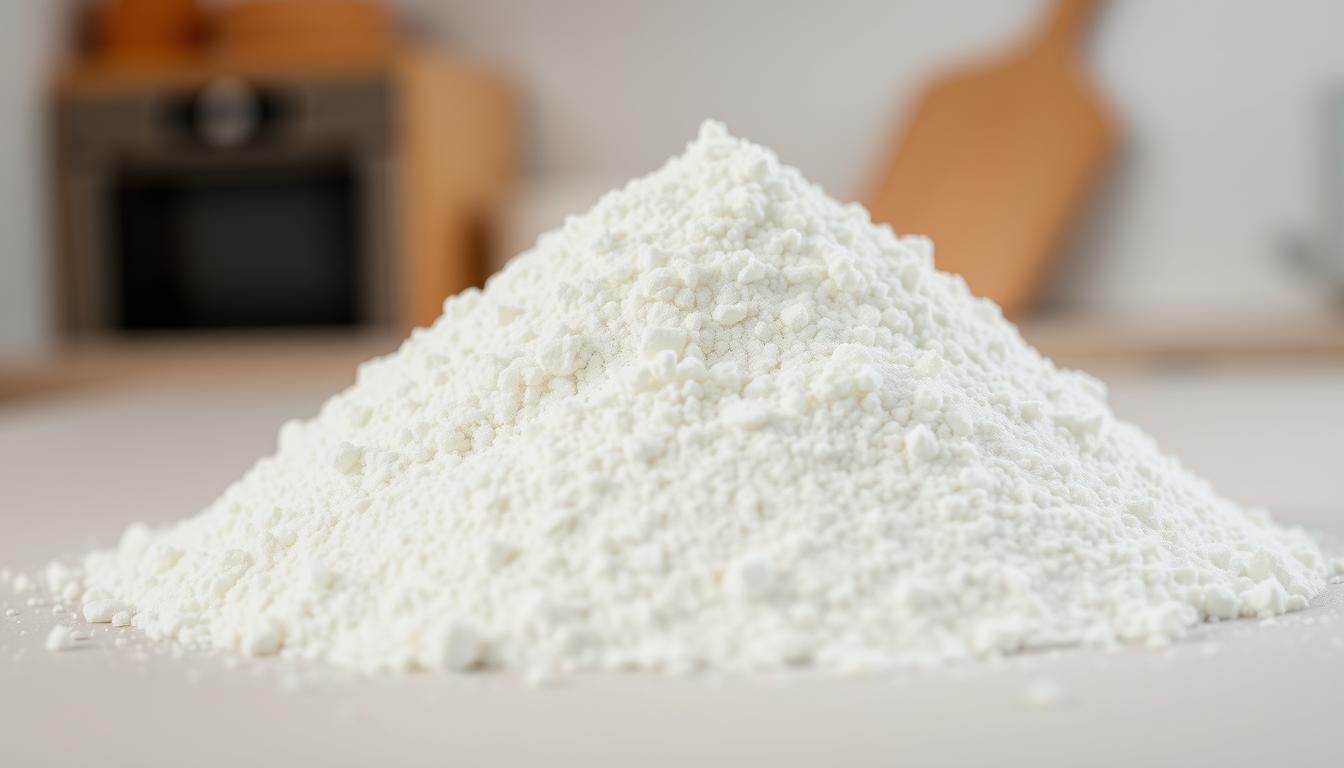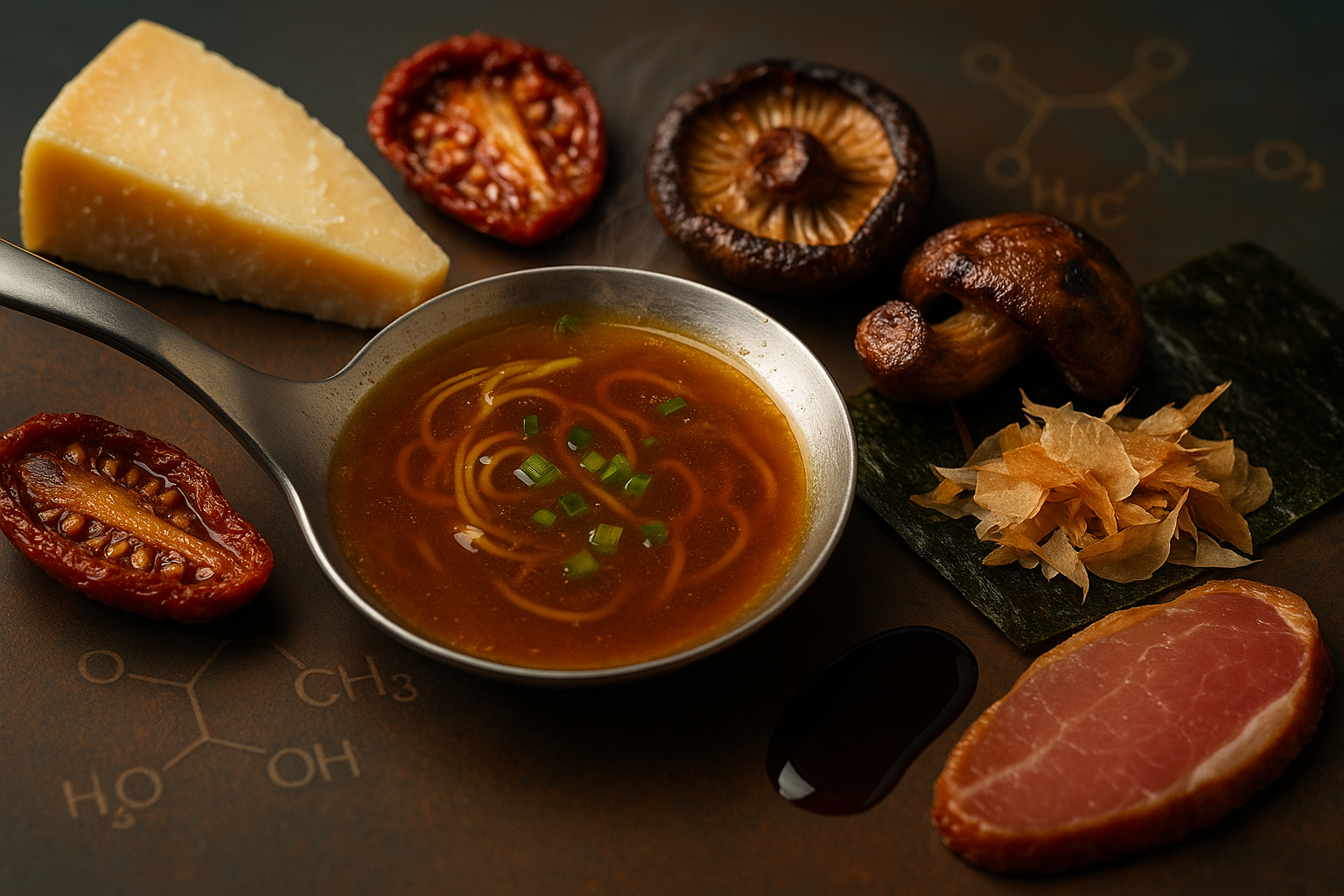Introduction
Low Methoxy (LM) Pectin is a natural gelling agent widely used in food science and culinary applications. Unlike High Methoxy (HM) Pectin, LM pectin can form gels without sugar, relying instead on calcium ions. This makes it especially useful for reduced-sugar or sugar-free products. In this guide, we’ll explore what LM pectin is, how it works, and where it is used.
Table of Contents
What is Low Methoxy (LM) Pectin?
Benefits & Functional Properties
Quick Answers About LM Pectin
What does LM mean in pectin?
LM stands for Low Methoxy, meaning the pectin has a degree of esterification below 50%. This affects how it gels compared to HM pectin.
How does LM differ from HM pectin?
LM pectin gels with calcium ions, while HM pectin requires sugar and acid. LM is better for low-sugar or sugar-free products.
Is LM pectin suitable for diabetics?
Yes. LM pectin allows gelling without added sugar, making it ideal for reduced-sugar and diabetic-friendly foods.
Can LM pectin be used in dairy products?
Yes. LM pectin stabilizes acidic milk drinks and yogurts, preventing curdling and improving smoothness.
What concentration is typically used?
Generally 0.3–1.0% depending on the food system. Start low and adjust based on calcium content and texture needs.
Is LM pectin vegan?
Yes. It’s plant-derived from citrus peels or apple pomace and suitable for vegan diets.
What is Low Methoxy (LM) Pectin?
Low Methoxy Pectin is classified as having a degree of esterification (DE) below 50%. This low esterification changes its gelling behavior: LM pectin requires calcium ions rather than sugar and acid to form gels. As a result, it is perfect for creating stable textures in health-conscious and reduced-calorie foods.
How is LM Pectin Made?
- Raw Material: Citrus peels and apple pomace serve as the primary sources.
- Extraction: The pectin is extracted in hot acidic water.
- Demethylation: The extracted pectin undergoes chemical or enzymatic treatment to reduce the methoxyl content.
- Drying & Standardization: The product is purified, dried, and standardized for commercial use.
Culinary Uses of LM Pectin
- Low-Sugar Jams & Jellies: Perfect for diabetic-friendly recipes.
- Dairy Applications: Used in yogurt, drinkable dairy, and plant-based alternatives.
- Glazes & Fillings: Adds structure to reduced-sugar fruit spreads and bakery fillings.
- Confectionery: Creates stable textures in sugar-free gummies and jellies.
- Beverages: Stabilizes acidic milk drinks and juice blends.
Benefits & Functional Properties
- Low-Sugar Gelling: Works in sugar-free or reduced-sugar recipes.
- Calcium-Activated: Requires calcium for gelation rather than sugar.
- Diet-Friendly: Ideal for keto, diabetic, and health-conscious diets.
- Stable in Acidic Conditions: Useful in yogurt and juice-based systems.
- Clean Label: Natural, plant-derived, and consumer-friendly.
Not all hydrocolloids behave the same way. Some are best for building viscosity and stabilizing liquids, while others are true gelling agents that create firm or elastic structures. A few can do both, depending on the partners they’re combined with. The table below highlights the difference between thickening and gelling functions at a glance:
Thickening vs Gelling Function of Hydrocolloids
Full Companion Table| Hydrocolloid | Primary Function | Notes |
|---|---|---|
| Xanthan Gum | Thickener / Stabilizer | Shear-thinning; excellent for sauces and dressings. |
| Guar Gum | Thickener | Adds viscosity in cold and hot systems; synergizes with xanthan gum. |
| Locust Bean Gum | Thickener + Gel Synergist | Alone it thickens; forms gels in synergy with carrageenan or xanthan. |
| Carrageenan (Kappa) | Gelling Agent | Firm, brittle gels; works with potassium and dairy proteins. |
| Carrageenan (Iota) | Gelling Agent | Forms soft, elastic gels with calcium; good freeze–thaw stability. |
| Agar | Gelling Agent | Strong, brittle gels; sets at high temp and remains stable when reheated. |
| Pectin (HM) | Gelling Agent | Gels with sugar + acid; used in jams and jellies. |
| Pectin (LM) | Gelling Agent | Forms gels with calcium; ideal for low-sugar products. |
One of the most common questions chefs and food developers ask is whether a gelling agent is vegan-friendly. While some, like gelatin, are animal-derived, most modern hydrocolloids come from plants or microbial fermentation. Here’s a quick guide to which are vegan and which are not:
Vegan vs Non-Vegan Gelling Agents
Full Companion Table| Gelling Agent | Vegan? | Notes |
|---|---|---|
| Gelatin | ❌ Non-Vegan | Animal-derived from collagen; common in gummies, marshmallows, and desserts. |
| Agar-Agar | ✅ Vegan | Seaweed-derived; creates firm, brittle gels; common gelatin substitute. |
| Carrageenan (Kappa/Iota/Lambda) | ✅ Vegan | Extracted from red seaweed; versatile gelling and thickening functions. |
| Pectin | ✅ Vegan | Fruit-derived (citrus peel, apple pomace); essential in jams and jellies. |
| Gellan Gum | ✅ Vegan | Produced by microbial fermentation; creates clear, stable gels. |
| Alginate | ✅ Vegan | Seaweed-derived; gels with calcium; key in molecular gastronomy (spherification). |
Where to Buy LM Pectin
Cape Crystal Brands offers premium Low Methoxy Pectin for culinary and commercial applications.
Frequently Asked Questions
What does LM mean in pectin?
It means Low Methoxy, with a degree of esterification below 50%.
How does LM differ from HM pectin?
LM pectin gels with calcium ions instead of sugar and acid, making it suitable for low-sugar products.
Is LM pectin suitable for diabetics?
Yes, LM pectin allows gelling in reduced-sugar and sugar-free foods.
Can LM pectin be used in dairy products?
Yes, it stabilizes acidic milk drinks and yogurts.
What is the usage level for LM pectin?
Typically, 0.3–1.0% depending on application.
Keep Learning with Cape Crystal Brands
← Back to Ingredient Guide 🔎 View More Detail 🛒 Shop This Ingredient




